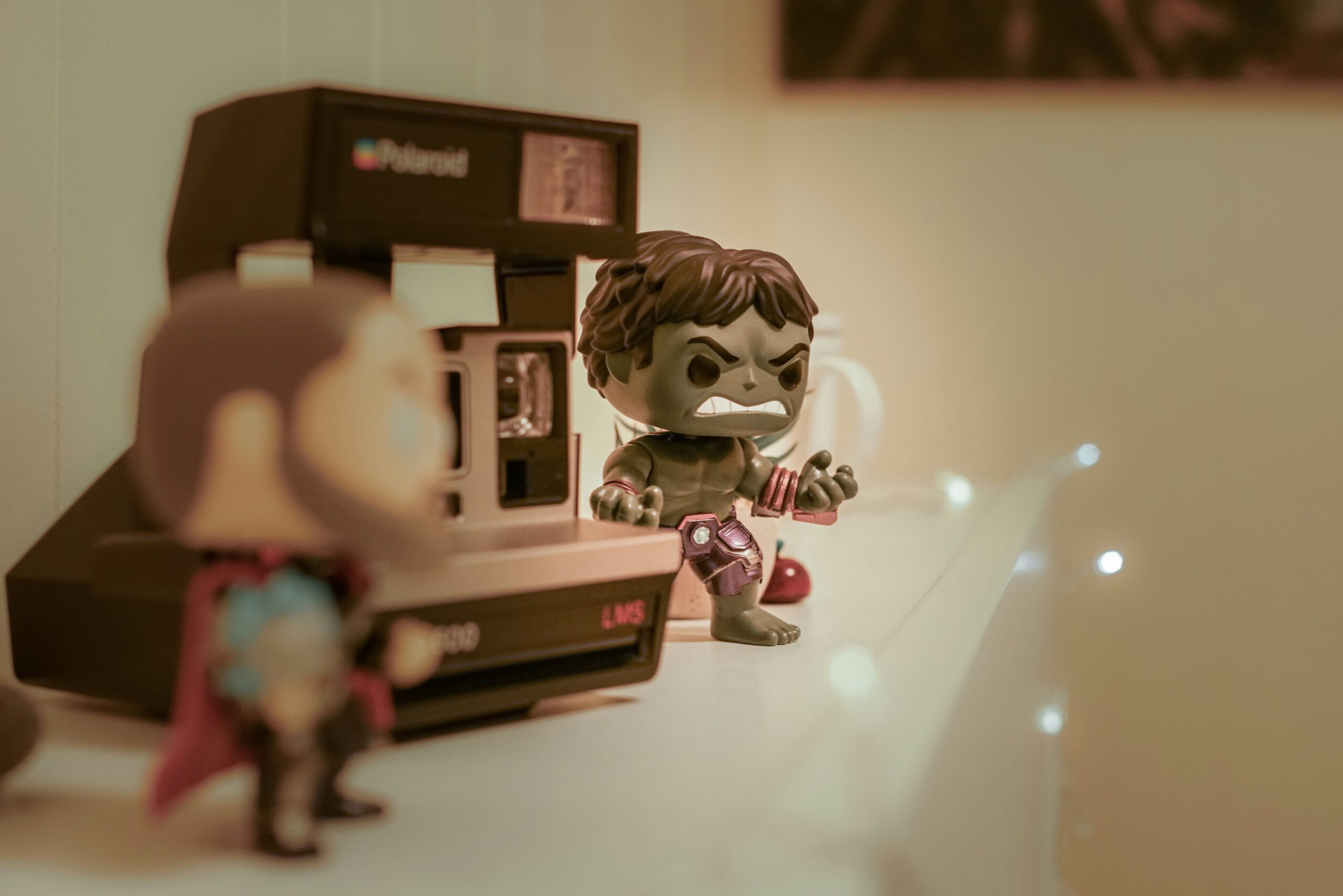Do you enjoy reading about some of the most bitter trademark battles?
Are you interested in learning how to better protect your products and brand as a whole?
You couldn’t do either one without the Lanham Act.
What do you need to know to fully appreciate just how much this legislation works to guard against trademark violation and infringement as a whole?
You need a foundational understanding of how it all works.
This will also help you learn more about your rights as a trademark holder. It will likely convince you that registering your trademark is always the right move.
Read on to get an overview of the Lanham Trademark Act. You’ll then learn the steps you can take to trademark your property.
The Lanham Act of 1946: The Basics
Before we go any deeper, let’s quickly cover the basics of the Lanham Act.
First enacted in 1946, the main goal of this piece of legislation is to create a nationwide system to be used in registering trademarks.
This means, essentially, that every person/company/organization must go through the same steps when they want to register a trademark.
Additionally, the Lanham Trademark Act also helps to protect those current trademark owners.
This is essential if someone else is using a registered trademark illegally and without the consent of the registered trademark holder.
In short, it defined the essential trademark infringement elements.
Trademark Dilution vs. Trademark Infringement
The Act also covers what’s known as trademark dilution.
Trademark infringement occurs when another company essentially “steals” the logo or other trademarked property of another business. They then try to pass it off as their own.
Usually, trademark infringement occurs when two companies are similar to each other and considered competitors. For example, let’s consider one of the most famous logos of all time: the Nike “swoosh.”
Another shoe or sportswear manufacturer decides to put the Nike swoosh logo on their products. Despite being an entirely different company, this would classify as trademark infringement.
It’s pretty clear that this mysterious “competitor” is trying to convince buyers that they’re actually selling Nike’s clothes.
That kind of infringement is a part of what the Laham Act helps to guard against.
Now, let’s consider trademark dilution.
This is the attempt to use a trademark to tarnish a brand’s reputation. This happens even if the genuine manufacturer and the party “knocking it off” aren’t competitors.
Let’s say, for example, that a shady furniture company wanted to use the Nike swoosh logo on its lounge chairs. This is known as “trademark blurring.” It is a type of dilution.
Dilution can also be claimed when a shady company seeks to tarnish the reputation of a famous brand.
For example, perhaps someone wanted to use the Nike swoosh in a video that was offensive to minorities, or even sexually explicit in nature.
Dilution can’t protect everyone, however.
It usually only works for famous and well-recognized brands. And even then, it’s not always a guarantee. Case in point: the parody loophole used to create a “Dumb Starbucks” knock-off of the popular coffee chain.
False Advertising and the Lanham Act
The Lanham Act also exists to protect your registered product or business when it comes to marketing claims.
Perhaps, in one of their advertisements, a rival company uses your logo and product name. They claim that your cleaning solution contains dangerous chemicals, or that it’s ineffective.
They could even say it’s caused people to slip and fall in the past.
You know none of these things are true.
Your company is being portrayed in a negative light through the use of false and damaging claims by your competitors.
The Lanham Act is on your side here — at least in most cases. Recent changes to this aspect of the law have made it a bit trickier to navigate.
Factors Considered Under the Lanham Act
As you’ve likely gathered by now, trademark violation and the laws surrounding it can often become incredibly confusing.
While we certainly all wish that trademark infringement and other violations would be open-and-shut cases, that’s rarely the reality.
The judge and jury will take a look at several different factors when evaluating your case. They will then determine whether or not you truly are entitled to the full benefits of the Lanham Act.
First of all, they’ll consider if the trademark the rival company is claiming as their own or blurring in some way is easily identifiable as your own.
This can be more challenging than you might think. This is especially true when it comes to imitation marks that change a few features of your logo or product.
This is what’s known as the “likelihood of confusion.”
This means that those evaluating your case will look at the level of similarities between the two marks.
They will also look at any evidence from confused consumers, and why the trademark was used by the rival company. They will even consider the marketing channels they’ve gone through.
They’ll also take a look at the level of business activity that the rival company actually does. This will help them to determine the “legitimacy” of the threat to your own business.
They’ll also consider just how much marketing the rival company has already conducted using your trademarked products, logos, and more.
As you can see, things can get complicated fast when it comes to the ins and outs of the Lanham Act.
That’s why it pays to have the right legal representation on your side when you head to court for a trademark violation case.
Need Legal Help with Trademark Registration or Trademark Litigation?
Especially as knock-off/imitation branding becomes more common, it pays to have legal help to allow you to use the Lanham Act to the best of your advantage.
Of course, in order to make sure the law is on your side, you’ll also need to properly register your trademark.
That’s where we can help you. Contact us with the form on this page, or call us at 855-473-8474.
Whether you need help with trademark registration, are fighting against trademark squatters in the foreign trademark registration market, or need assistance with copyright infringement, rely on us to help you.
Don’t risk losing everything.
Get in touch with us today to take advantage of our trademark monitoring services, registration assistance, and legal help.




